Media | Articles
11 Cars You Didn’t Know Were Tuned by Lotus
Purchased six years ago by Geely, the Chinese consortium that owns Volvo and Polestar, Lotus was reorganized into two branches: Lotus Cars, which retains the traditional base in Hethel, where it builds the brand’s final gas-powered car, the Emira; and Lotus Technology, which is based in China and makes EVs, starting with the Electre SUV. Today, the latter is listed on the NASDAQ thanks to a SPAC merger. To mark the occasion, we are revisiting this story from 2022, commemorating 11 times old-school Lotus lent its engineering expertise to other, often unexpected, brands. —Ed.
Lotus has a rich history of collaborating with other manufacturers. Some of the tie-ins are well-known, fêted even, the Lotus association being trumpeted loudly. Then there are the many projects where Lotus’ role has been downplayed, or not mentioned at all in public.
Lotus Engineering in particular has quite the brains trust, and it has polished many a dud, or created an entire engine—car, even—from scratch with its involvement remaining a secret to the outside world.
Gathered here is a selection of some of the better-known collaborations, a few you may be unfamiliar with, and some which defy easy categorization (and belief).
Isuzu Piazza
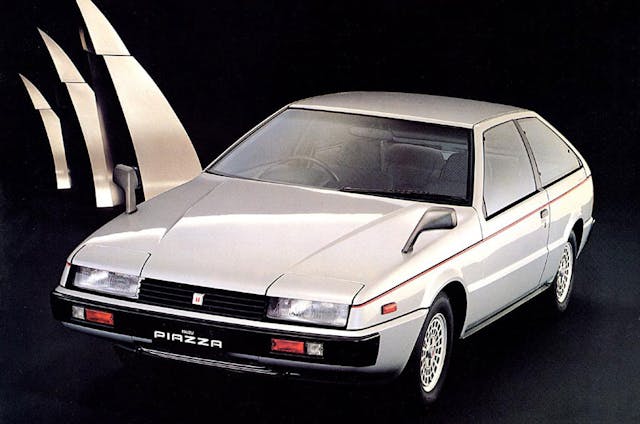
It was a car with looks to die for and the handling characteristics of a wayward shopping trolley. At least that was the consensus among road testers who evaluated the Isuzu Piazza when it first landed in the U.K. in the mid-1980s. The car was styled by ItalDesign’s co-founder, Giorgetto Giugiaro, and based on the General Motors “T-car” (Vauxhall Chevette in the U.K.).
Marketplace
Buy and sell classics with confidence
It didn’t help that the British importer went bust in 1986, but new concessionaire International Motors Group of West Bromwich righted the ship a year later and engaged Lotus to sort the handling. This unique-to-the-U.K. strain wore “Handling by Lotus” badges and remained on sale on sale to 1989.
Chevrolet Corvette ZR-1
General Motors acquired a 91 percent stake in Norfolk’s best-known (and, er, only) sports car maker in October 1986. It tasked its newest subsidiary with creating a supercar-bashing range-topper. The Corvette ZR-1 employed a new Lotus-designed aluminum-block, quad-cam V-8 with a 32-valve head. It produced a conservative 375 hp (later 405 hp) but could have been tuned to produce considerably more.
Lotus also worked its magic on the suspension in alliance with Bilstein, although plans to offer a fully “active” F1-inspired set-up were nixed. The “King of the Hill” ZR-1 remains a legend in Corvette circles, the shame being that Lotus and GM never managed to put a mid-engined supercar into production as was once mooted.
Dodge Spirit R/T
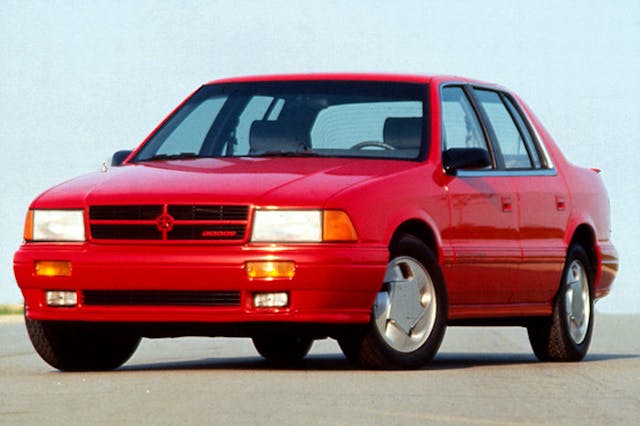
Despite its unlikely basis, the 1991 Dodge Spirit R/T was briefly a performance trailblazer. Lotus created a 16-valve head for the existing turbo 2.2-liter “four,” which, together with many other tweaks, resulted in 224 unruly horses being sent to the front wheels—an approach that had been in favor in Europe for some time, with cars such as the Saab 9000 Turbo, Lancia Thema Turbo, and Fiat Croma Turbo, and the 900 Turbo before those. This four-valve-per-cylinder unit “Turbo III” was the first of its kind ever manufactured by Chrysler Corp, the suspension, and brakes also receiving much-needed upgrades to match.
Nevertheless, a degree of confusion surrounds whether Lotus was responsible for these mods, or whether they were performed internally. Whatever the truth, the Spirit R/T was capable of a whisker over 140 mph with 0 to 60 mph taking just under six seconds, competitive for the time.
Aston Martin Vanquish
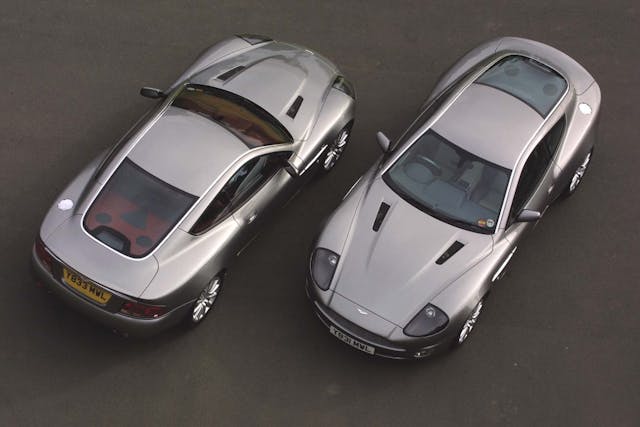
By the nature of confidentiality agreements, it is hard to discern just how much of the Vanquish was the work of Lotus. Piecing together what fragments we have heard, the extent of Lotus’ work may not be insubstantial. Lotus broke new ground with its Versatile Vehicle Architecture (VVA) system that comprised an alloy “tub” made of extruded aluminum which was then bonded and riveted. Lotus was tapped to supply its expertise in creating the Vanquish platform which became the first front-engined car ever to employ this method of construction.
Launched in production form in 2001, the V-12-engined Vanquish had its flaws, but it laid the way for more than a decade of Aston Martin’s subsequent models, including the DB9 which was also developed with “assistance” from Lotus.
Proton Satria GTi
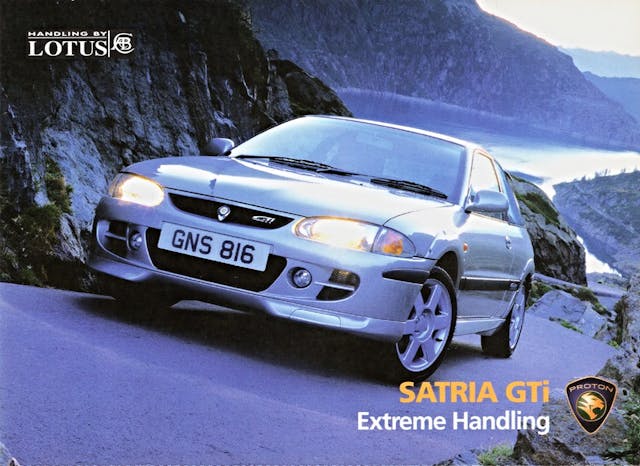
Something of a sleeper hit, the Proton Satria GTi (aka GTi 180) came out of nowhere in 1999. Unfortunately, it has since returned to near obscurity. Much of its non-legendary status can be attributed to Proton being about as closely linked with performance cars as it is with say, space exploration.
Nevertheless, the Malaysian brand had by now become the latest Lotus custodian and it made full use of its Norfolk offshoot to transform the humble hatchback into a legitimate rival for the likes of the Ford Puma, Renault Sport Clio 172, and so on. The naturally aspirated, Mitsubishi-sourced 1.8-liter 4G93P four-banger was given some attention, while the suspension was also tweaked and honed by Lotus Engineering to great effect. Evo magazine reckoned it was “surprisingly good to drive.”
Rolls-Royce 102EX
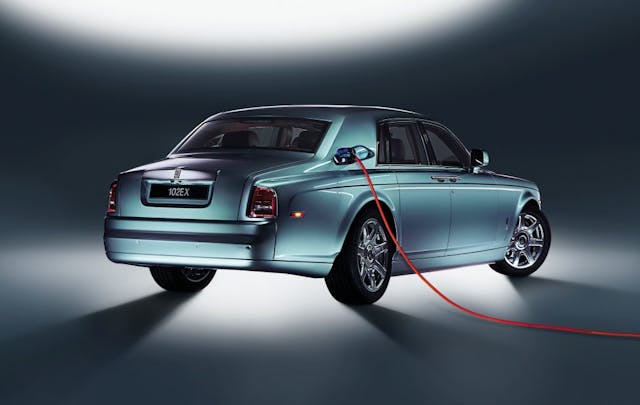
Rolls-Royce was—and remains—synonymous with money-no-object profligacy. Nevertheless, it embraced its greener side with the 102EX (Phantom Experimental Electric) concept car in 2011. What’s more, it did so with Lotus acting as its technology partner.
Lotus provided the powerpack that comprised five modules of cells: a 38-cell module, a 36-cell module, and three smaller units of ten, eight, and four modules. They were arranged to resemble the shape of the original Phantom’s V-12. It was unbelievably rapid off the mark, too. It was hard to believe that something so large, something that had the frontal area of a potting shed, could move so quickly and with such little drama.
Bulgari

The Italian luxury brand, under the guidance of Gianni Bulgari, decided to enter the automotive arena in late 1988. He planned a car with the cabin space of an MPV but with a footprint akin to a regular hatchback. The car’s signature feature was its unusual seating arrangement, this five-seater featuring three seats up-front, the middle throne being recessed. The rear seats, meanwhile, were angled oddly.
Lotus created the chassis, plans also calling for a raft of interchangeable body configurations, the prototype featuring an odd wedge outline. However, talk of the car entering production with 5000 being made a year was precisely that—talk.
Hyundai Genesis
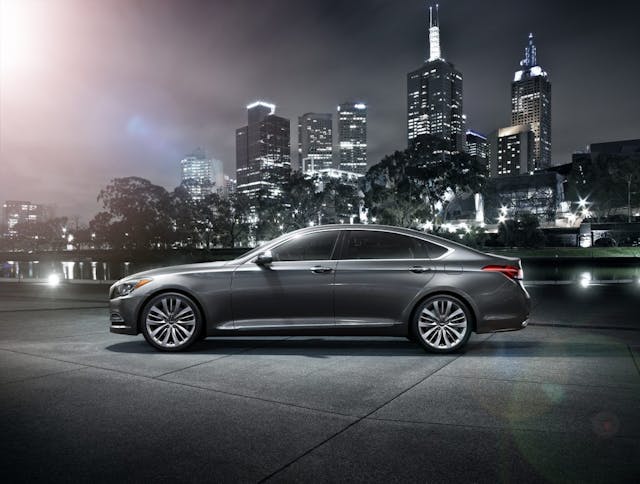
Before it became a “premium” sub-brand, the Genesis name denoted a Hyundai executive saloon. Lotus was brought in to sharpen the ride and handling for the second-series model. Hyundai Motor America’s product czar Mike O’Brien told Car and Driver in 2014: “Their role was to help us do a better job of communicating very subjective ideas to engineers and turn them into concrete engineering change recommendations …
“The car was actually remarkably improved after that work. [Lotus] could create data and analytics that would show ‘here’s what the car is doing, here’s what the competitors’ cars do, here’s what we think you need to do based on your target buyer and what they want.”’
Volkswagen GX3
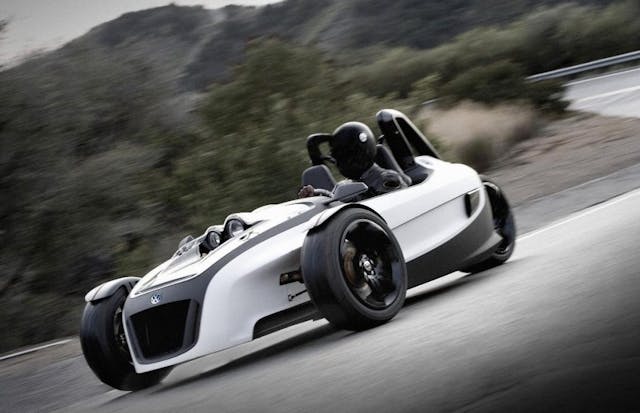
Volkswagen had released three-wheeler concept cars prior to unveiling the GX3 at the 2006 Greater Los Angeles Auto Show. The difference here, however, was that this sporting trike almost made the leap to production with Lotus Engineering being responsible for developing the car for Type Approval. The car was powered by a 1.6-liter Lupo GTI four-cylinder unit which was sited behind the seats in a tubular spaceframe chassis.
Unfortunately, having made major improvements to the underpinnings during the testing phase, the GX3 never made the leap to series production due to the projected end cost being too high. There were also fears of product liability suits being leveled should anyone be injured (or worse) driving one.
Sinclair C5
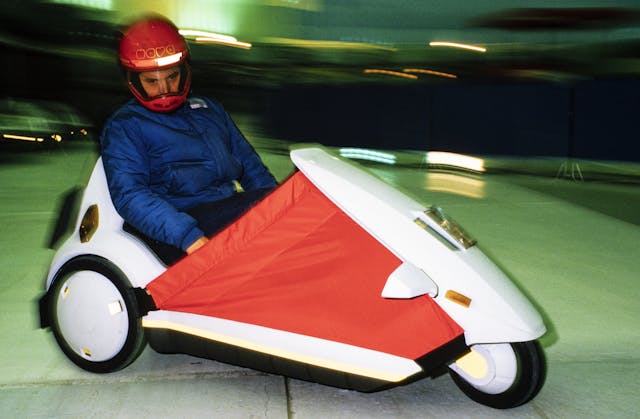
Launched amid much fanfare at Alexandra Palace in January 1985, the Sinclair C5 was touted as a major stepping stone in the history of vehicular transportation. Sir Clive Sinclair suggested that as many as 17,000 would be made in this, the first year of production. And this was but a mere opening salvo, with two- and four-seater sister models due to come online thereafter.
What tends to be underplayed is that Lotus designed and created the Y-shaped chassis, not to mention the vast majority of components ranging from the axle to the wheels via the lights and the steering. However, there wasn’t much demand for an “electrically assisted pedal cycle” and the C5 adventure was soon over.
Spyker C8 & D8
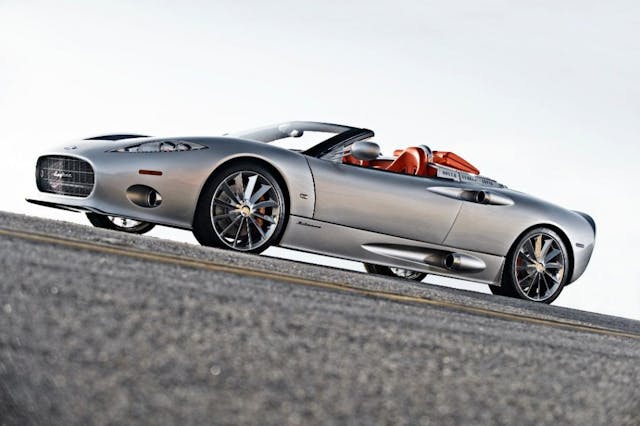
This enigmatic marque was linked with Lotus as far as back as the early 2000s. The Dutch minnow engaged Lotus Engineering to develop the Aileron and D8 4×4, Hethel’s finest also manufacturing and supplying parts used in their construction. In 2008, the two firms were set to take their relationship to a new level on signing an agreement whereby future Spykers would be based on the much-vaunted “New Esprit” that was to have been powered by a Lotus-Toyota V-10 unit.
However, new broom Dany Bahar nixed it in favor of a “new” new Esprit, as it were. Spyker, for its part, tanked but refused to play dead. In January of 2022, it announced it would make yet another comeback with Russian backing.
***
Check out the Hagerty Media homepage so you don’t miss a single story, or better yet, bookmark it. To get our best stories delivered right to your inbox, subscribe to our newsletters.


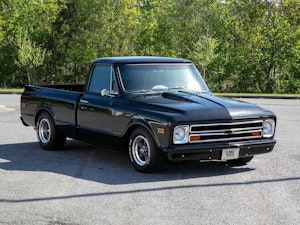


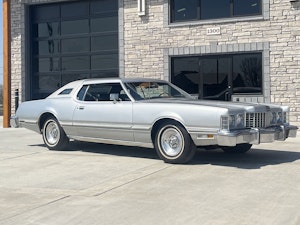















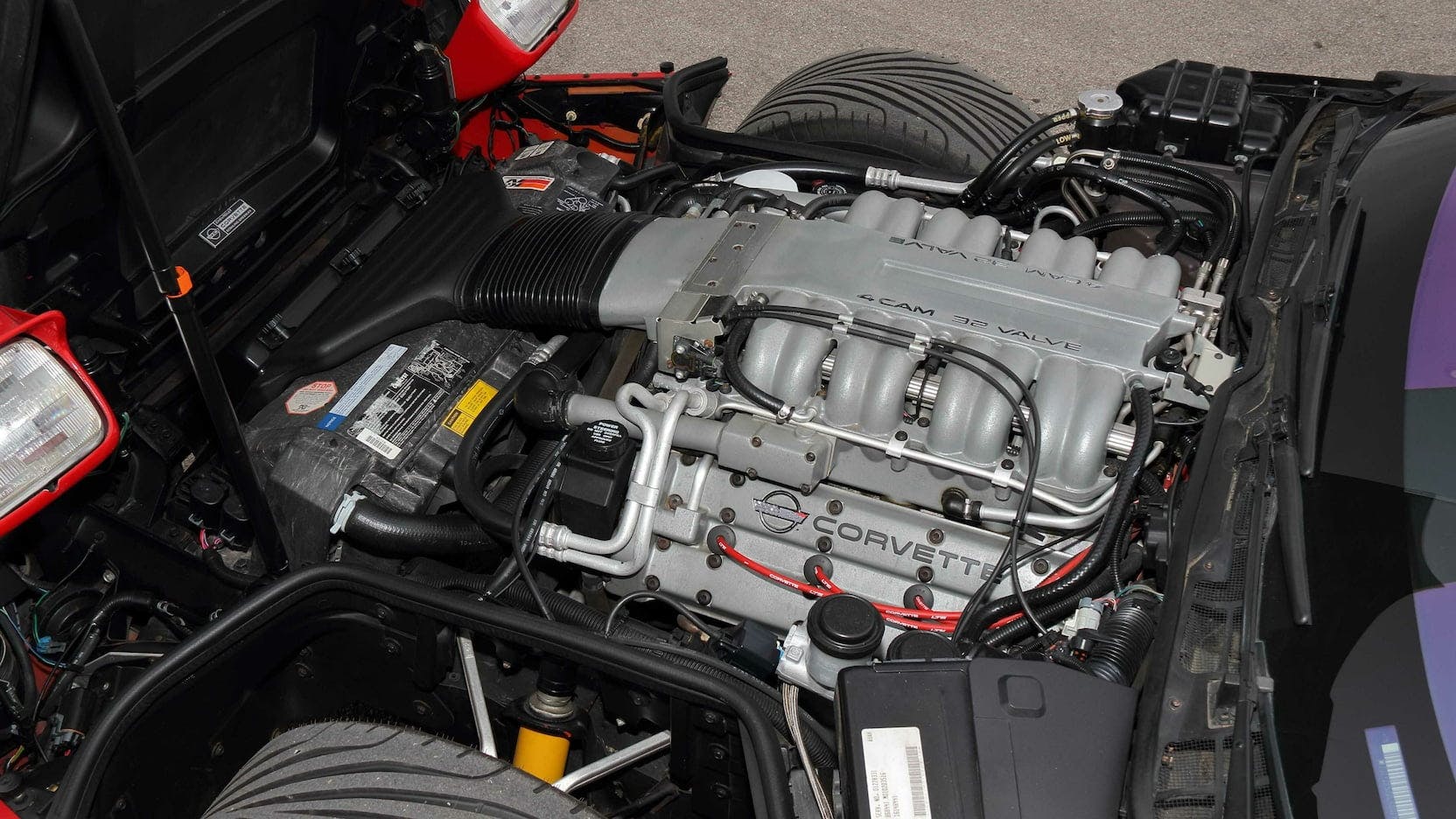
The ZR1 was well know,
Isuzu Impulse is the one better know in America since it had tuned by Lotus on the fender badge.
How about the Vauxhall Lotus Carlton and the Ford Lotus Cortina?
The HHR SS and Cobalt SS Turbo engines had work from both Saab and Lotus engineering.
Might note that the work was done on these cars by Lotus Engineering.
I believe there are three Lotus now. Lotus Engineering, Lotus Cars and Lotus Racing. THey were one but they were broken up over the years and Lotus Engineering has done work for many companies just as Porsche Engineering.
Izuzu I-Mark?
It was the I-Mark RS and could be had in hatchback or 4-door sedan iteration. I had the sedan. Great little car with a 1.6L DOHC engine with a 7K RPM redline, Recaro seating and 60 series rubber all-around (not so unusual now, but this was 1989 and a modified econobox). Gave it to my son at 225K miles and he put another 25K miles on it before an errant driver hit him and totaled the car.
Note now Geely owns the car and the Engineering company and they are not doing as wide spread work before as when they were independent. Companies are leary of working with a Chinese National company on advanced systems.
Team Lotus Racing is now owned by Groupe Renault
Most of the cars posted were done when GM owned the company or they were independent. They are not what they once were.
What about the Opel/Vaxhaull Lotus Carlton?
I’m pretty sure the 225 HP DOHC head was used on the IROC Daytona as well. I saw one yesterday cruising down Dixie Hwy. Cool car. I remember parking them when I was a valet and cracking up at “Your door is a Jar.”
1982 Supra has a lotus suspension
So sad to hear that Lotus is China owned now 🙁
Missed opportunity for a 2nd gen Impulse RS Turbo AWD picture. Although you’d have better luck spotting a jackalope.
Au contraire, mon frere:
https://web.archive.org/web/20160402143020/http://isuzunewsbureau.com/photos.php?category%5B%5D=60,64,67,70,75&title=Impulse
Is there a car enthusiast who does not know of the Lotus connection with the C4 ZR-1?
Isuzu Impulse was pretty well known, especially with the Joe Isuzu commercials.
With any luck there are new car enthusiasts being minted every day, so yes, there likely is a lot of people who don’t know about a business partnership between two large companies over three decades ago.
Remember, there is a whole class of car lovers just getting the privilege to drive and they were born in 2008. There is a lot of back catalog history to be learned. Just because you know it doesn’t make it universal knowledge.
As noted, the Piazza was sold in the US as the Impulse. A friend of mine was choosing between the Subaru XT and the Impulse. Being a Lotus guy, I was likely going to recommend the one with the “Handling by Lotus” badge but I did like it better.
The Impulse was restyled (to be less attractive looking). I don’t know if the underpinnings were changed. It had a Lotus handling badge as well.
They were both part of the GM family and the Lotus M100 Elan got Isuzu engines.
If the restyling you mean is the 1990 update, yes, the underpinnings were completely different – the car was no longer on the T-car platform and no longer RWD. FWD was standard; AWD was standard on the RS-trim car that used the 4XE1WT engine shared with the M100, as you note.
I don’t know if fits your criteria of “tuned by Lotus” but you neglected to include Jensen-Healey.
Don’t forget the fun little Lotus/ Ford Cortina of the mid 60’s. A sleeper econobox!
I was a Technical Trainer for Kia Motors America in the late 90s. Believe it or not, Sephias from that time frame featured suspension tuning from Lotus. I experienced many of them, one in particular. For the time, they were pretty good driving cars – handled really well and felt peppier than the specs.
Chrysler engineering enjoyed a great relationship with Lotus Engineering in the 1980s. As you say, Lotus did the 4-valve conversion of the 2.2 liter turbo (“Turbo III”) and also produced the cylinder heads for (US) engine production. They had no formal role in chassis tuning although may have made suggestions during engine development.
Not to forget, Lotus (and Cosworth) have assumed the “Lucas role” for some near-disasters, too, especially in engines. The high-pressure coolant in the Northstar V8 that gave them a reputation for blown head gaskets was, supposedly, a Lotus idea. If so, they also thought up all the other very nice features of that one.
I bought a new 1987 Isuzu Impulse RS, white with grey and white interior and the 140 hp turbo. The handling was phenomenal with 50/50 weight balance. I loved the car but it was not meant for high performance runs. The engine was supposedly from an earlier Isuzu tractor but was good enough for a wannabe sports car. I blew the head gasket after shifting down for an on ramp. It took the Buick/Isuzu dealer too long to repair it and I fell out of love. It was a lively and beautiful car and I wish I’d kept it despite the engine.